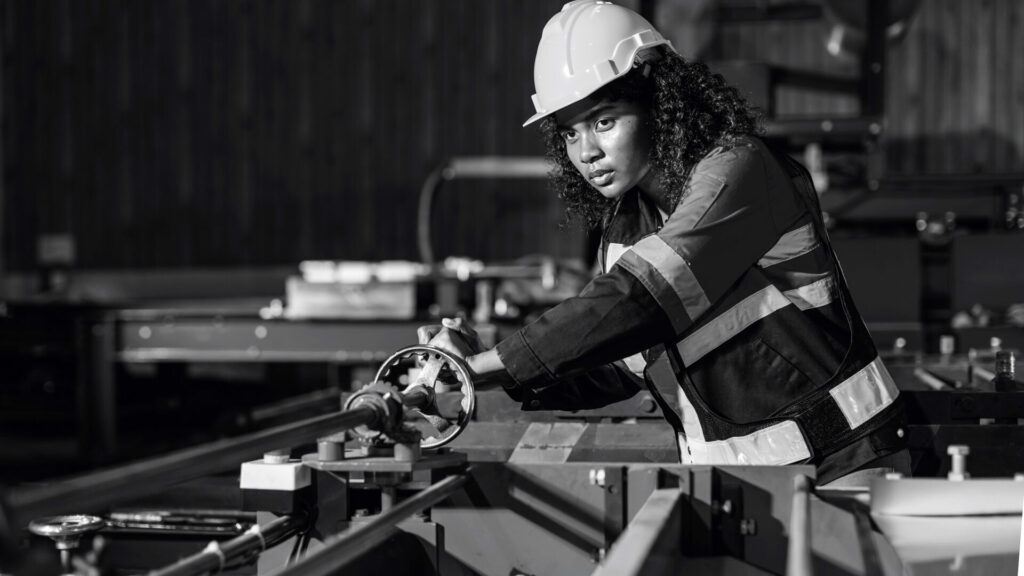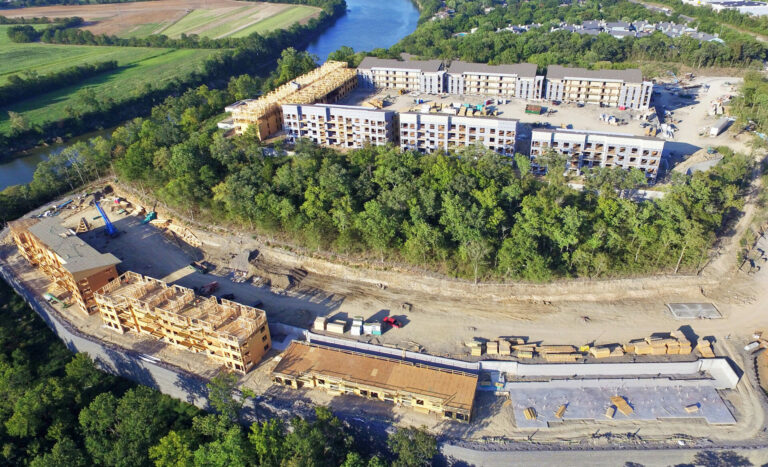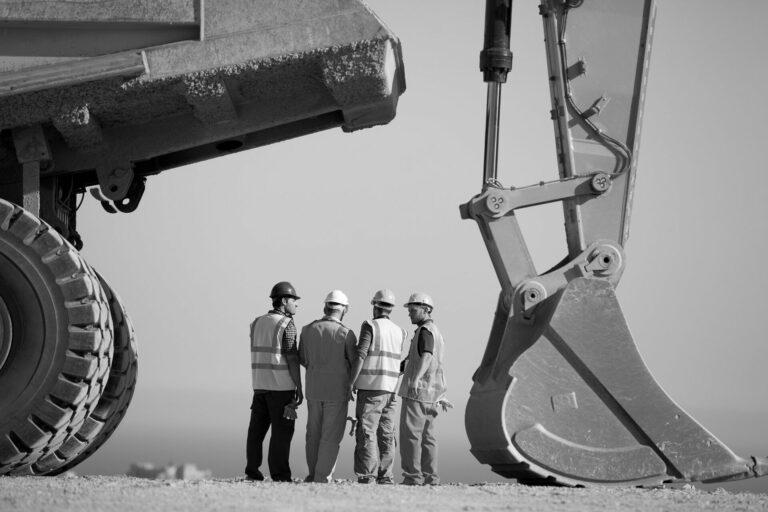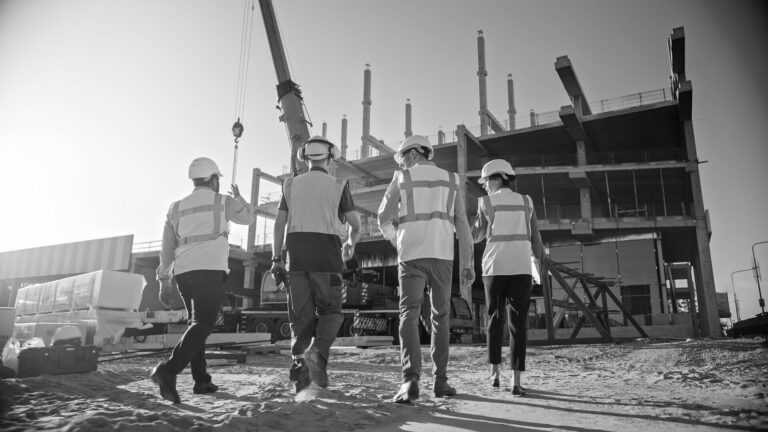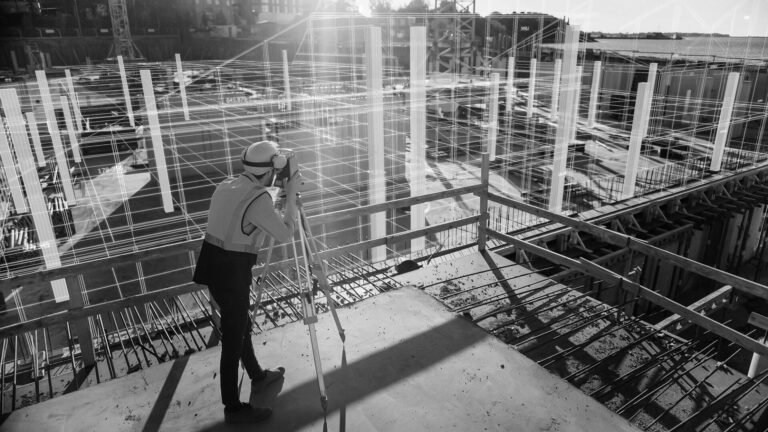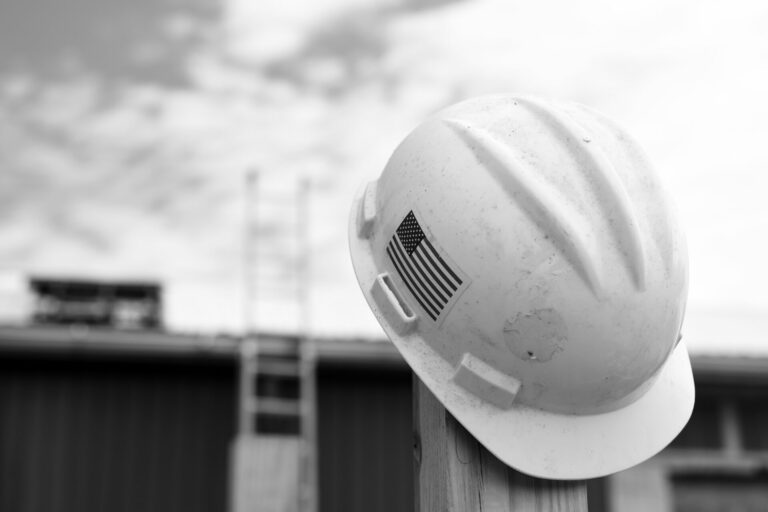Every year that passes, the construction industry develops and adapts. While sometimes this can be the result of market forces and innovative breakthroughs, occasionally it is a response to societal change. As the industry attempts to meet the increased demands being placed on it by inflation and competition, the voices calling for increased diversity grow ever louder. For decades, the North American construction industry has been known as a male-dominated field, with women making up only a small percentage of workers. This is not a new finding, and it is certainly not a helpful one either. The imbalance has long marked the industry out as being one of the least inclusive and diverse across the job spectrum. However, in recent years, the number of women pursuing a career in construction is growing. With the industry struggling to hire skilled workers, resulting in delays and shelved projects, one must question the rationale for excluding half of the world’s population.
While the biggest challenge facing women remains the lack of representation –according to the Bureau of Labor Statistics, women make up only 10.3% of workers in the construction industry—the figures are rising. Companies are now actively seeking to diversify their staff and advocacy groups are busily educating the industry. One such organization is the National Association of Women in Construction (NAWIC). Founded in 1955, NAWIC is a professional association that provides support and resources to women working in the construction industry. It offers education and training programs, networking opportunities, and mentorship programs. Similarly, there is the Women Builders Council (WBC). Founded in 2004, the WBC is a national organization dedicated to advancing women in the construction industry. The WBC advocates for women’s rights in the industry and hosts an annual conference that brings together women from across the country.

With this being said, the reality is that the North American construction industry is at a crossroads. Supply chain disruptions are impacting companies and customers equally. Decarbonization is a constant challenge for every sector while an aging workforce is struggling to keep up. This is exemplified by the startling statistic that for every four people leaving the industry, only one enters. All the while, governmental investment on the failing infrastructure network has yet to take off. It is within this context that the National Center for Construction Education and Research (NCCER), conducted focus groups across North America with 176 tradeswomen. The goal was to “better understand their unique contributions to the construction industry and get their opinions on how to make the industry a preferred choice for women.” The results of these focus groups formed the basis for white paper report, titled “In Her Own Words” which was published last month.
NCCER produced the report with the aim of addressing and highlighting both the challenges and opportunities for women working in the construction industry. The paper was based on the aforementioned focus groups, interviews with women who have experience in the sector, as well as industry experts and stakeholders. The results made for interesting reading. Given that most reports on the topic simply report on statistics and numbers, NCCER sought to go beyond this and explore the lived experience of these women. While not entirely surprising, “In Her Own Words” highlights the fact that women experienced significant challenges and barriers to accessing a sustainable career in the field. In addition to the underrepresentation of women in the industry, the report explored the barriers women face, and how these barriers impact the industry in terms of productivity and diversity.
“The women we spoke with talked a great deal about how the craft training they received opened doors for them and created loyalty to the companies who provided it.”
Despite the PR campaigns and press releases, the most alarming aspect of the responses is that bias and discrimination is still being experienced by women. Responses show that the recruitment process in particular is cause for major concern with most respondents claiming that they have been overlooked for promotions and are paid less than their male counterparts. “A survey of 272 tradeswomen found that 57% have never had a female supervisor during their time in the industry. However, 69% of the same tradeswomen indicated that they wanted to be in a leadership position at some point in their career. This is a clear sign of a disconnect in the leadership pipeline. This discrepancy between women seeking leadership roles but not seeing other women in leadership positions can directly affect the retention of women at a company and in the industry as a whole.”
The inflexible nature of the industry, particularly when it comes to working hours and site-based roles, was highlighted as another challenge in terms of equal opportunity. According to the report, invisible barriers such as these can make it difficult for women with caring responsibilities to enter or progress in the industry. “A survey of 770 women in construction found that 25% of tradeswomen reported facing disciplinary action for missing work to attend family emergencies. Whereas only 4% of women in managerial, administrative, and technical positions reported being disciplined for missing work for similar reasons.” As one focus group participant explained, the reality for many women is that they are expected to perform a dual role. “Women have to have more options for flexible hours or childcare because a lot of women are the providers and they’re also the caregivers.”

One very significant finding was that many of the women interviewed struggled to access training and development opportunities, particularly those focused on technical skills. In fact, many of the focus group women reported that they were routinely assigned “easier” or “basic-level tasks” than their male colleagues. However, in this regard, there were also positives to be found. When training opportunities were offered, the companies involved benefitted significantly in terms of output and loyalty. “The women we spoke with talked a great deal about how the craft training they received opened doors for them and created loyalty to the companies who provided it. Some of the tradeswomen with a particular firm started out in basic roles, such as a bus driver or custodian. Once they were exposed to construction, they were interested in advancing for both financial reward and personal empowerment.”
Significant other issues were raised throughout the white paper such as limited networking opportunities and a lack of visible role models. In all, the report suggests that claims being made that construction is becoming more diverse may be misguided or, at the very least, premature. However, while these headline-grabbing results make for uncomfortable reading, the report was not without its positives. Both focus group participants and industry experts such as project management teams shared the view that women bring remarkable and unique qualities to the jobsite. The most frequently noted benefits were focus on teamwork, attention to detail, jobsite cleanliness and organization, and improved safety performance. According to the NCCER, the reasons for this are fascinating. “The management team members shared how women are much more focused on following the prescribed work process as designed, instead of relying on experience and physical strength. This can result in positive effects on safety and reduce injuries. Furthermore, it was stated that women often follow the plan and think through how they can complete the work without rushing.”
The construction industry may not yet be in crisis, but it is certainly rife with challenges. Labor shortages, rising costs, and a reputation for being the most dangerous occupation on earth. The results of the NCCER white paper seem bleak. The truth is, however, that it might just offer the industry a roadmap to future success.
For the full report, visit:
nccer.org/docs/default-source/research/in-her-own-words-white-paper.pdf









